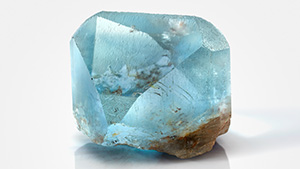
A comprehensive look at Texas topaz, detailing its gemological and compositional characteristics and providing a basis for using trace element concentrations to identify its origin.
Read More
An overview of the Winter 2023 Gems & Gemology content.
Read More
Scientists in Russia construct an origin story through the analysis of petrified wood popularly used in the souvenir trade.
Read More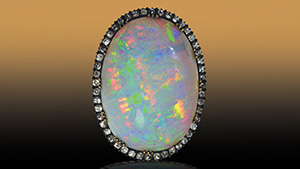
Reports on the recent production of precious and common opal from a centuries-old locality.
Read More
Explores the formation of sedimentary rocks, gems found and formed in sedimentary environments, and the alluvial mining of these gems.
Read More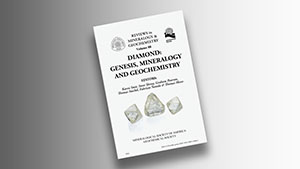
Several G&G contributors are recognized for their work on the latest volume in the Reviews in Mineralogy & Geochemistry series.
Read More
An overview of the Winter 2023 Gems & Gemology content.
Read More
An overview of the Fall 2023 Gems & Gemology content.
Read More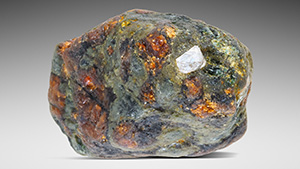
Reports on the analysis of a mantle eclogite xenolith with a partially exposed octahedral diamond.
Read More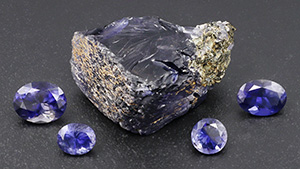
Reports on the geological setting and gemological properties of violet-blue gem cordierite from new deposits located in British Columbia.
Read More